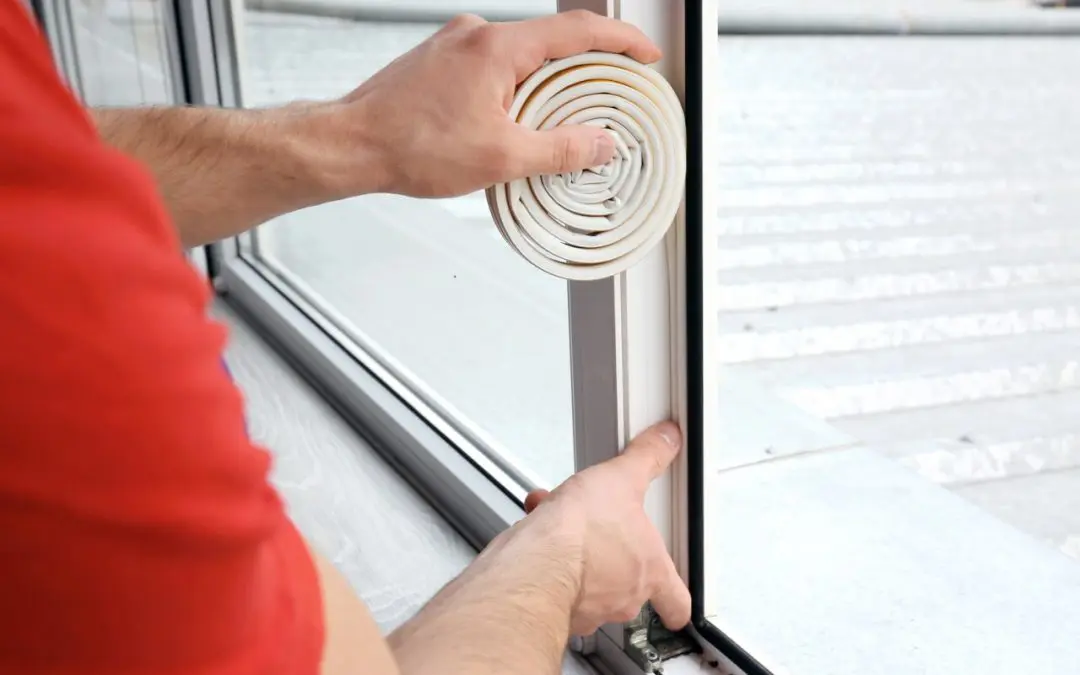Old windows that allow air leaks can make your energy bills skyrocket. Installing new windows is the best way to prevent energy loss through the glass, but it can be expensive. Fortunately, these cost-effective methods reduce temperature exchange through your home’s windows, reducing the utility bills. Here are ways to make your windows more energy-efficient without replacing them.
Make Your Windows More Energy-Efficient with Curtains and Blinds
If used correctly, window treatments like drapes or blinds help you conserve energy at home. They insulate the glass and provide privacy for your living spaces. In the winter, keep your blinds open during the day to let in sunlight and allow the heat to warm the home. In the evening, close the drapes or blinds to trap the warm air. You’ll stay comfortable without adjusting the thermostat.
During summer, close the curtains during the hottest part of the day to block radiant heat from the sun. You’ll keep the interior of your home cooler and more comfortable.
Conduct Repairs
Perform repairs to boost the energy efficiency of your windows. Inspect your current windows for any signs of damage, including broken panes, damage, or rotting window frames. If you notice a problem, hire a professional to make repairs. Broken and malfunctioning windows allow the temperature-controlled air out of the home, wasting energy. Issues with the windows can also result in water damage if it rains.
Install Awnings to Make Your Windows More Energy-Efficient
Window awnings reduce cooling costs, protect sensitive plants from UV rays, enhance curb appeal, and block the rain. Because the awnings provide shade, you won’t have to worry about excessive heat warming your house when it’s hot outside. Keep the blinds open and enjoy the shade the awnings create.
Choose awnings made of durable materials such as synthetic textiles that are mold– and fade-resistant. Buy roll-up window awnings if you live in a location with erratic weather. Close the awnings to protect the fabric from wind or storm damage during inclement weather.
Check for Air Leaks
Gaps and cracks around windows cause your home to lose the warm or cool air the HVAC unit produces, forcing the heating and cooling system to work overtime to maintain comfortable temperatures.
Some air leaks often go undetected because your windows do not exhibit significant damage. Over time, windows can loosen in their frames, allowing air to escape and increasing energy bills. To find air leaks in your windows, use a candle and watch for the flame to respond to airflow. Apply weatherstripping or caulking to seal these leaks.
Use Low-Emissivity Storm Panels
Low-emissivity storm windows are installed over your windows to improve insulation, conserve indoor heat during winter, and reflect outdoor heat during summer. These windows help you save energy and lower your monthly electricity bills. They are also less expensive than new energy-efficient windows.
While it’s possible to make older windows more energy-efficient, some windows may be too old or damaged. If you try the above techniques and still have a high energy bill, it may be best to install brand new windows. Call a professional to handle the installation.
MN Pro Home Inspections offers inspections to customers in the Twin Cities and Western Wisconsin. Contact us to request our services.

